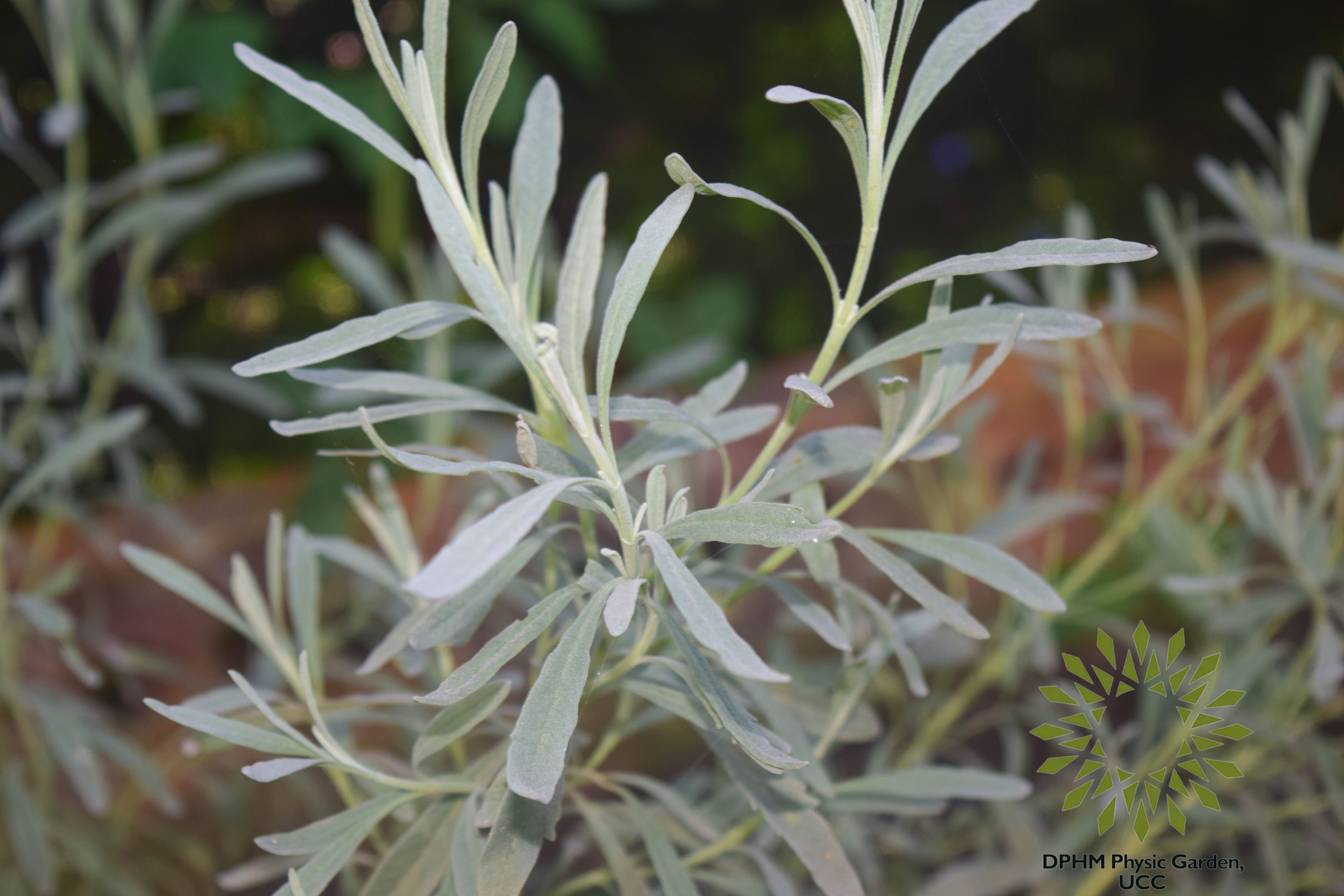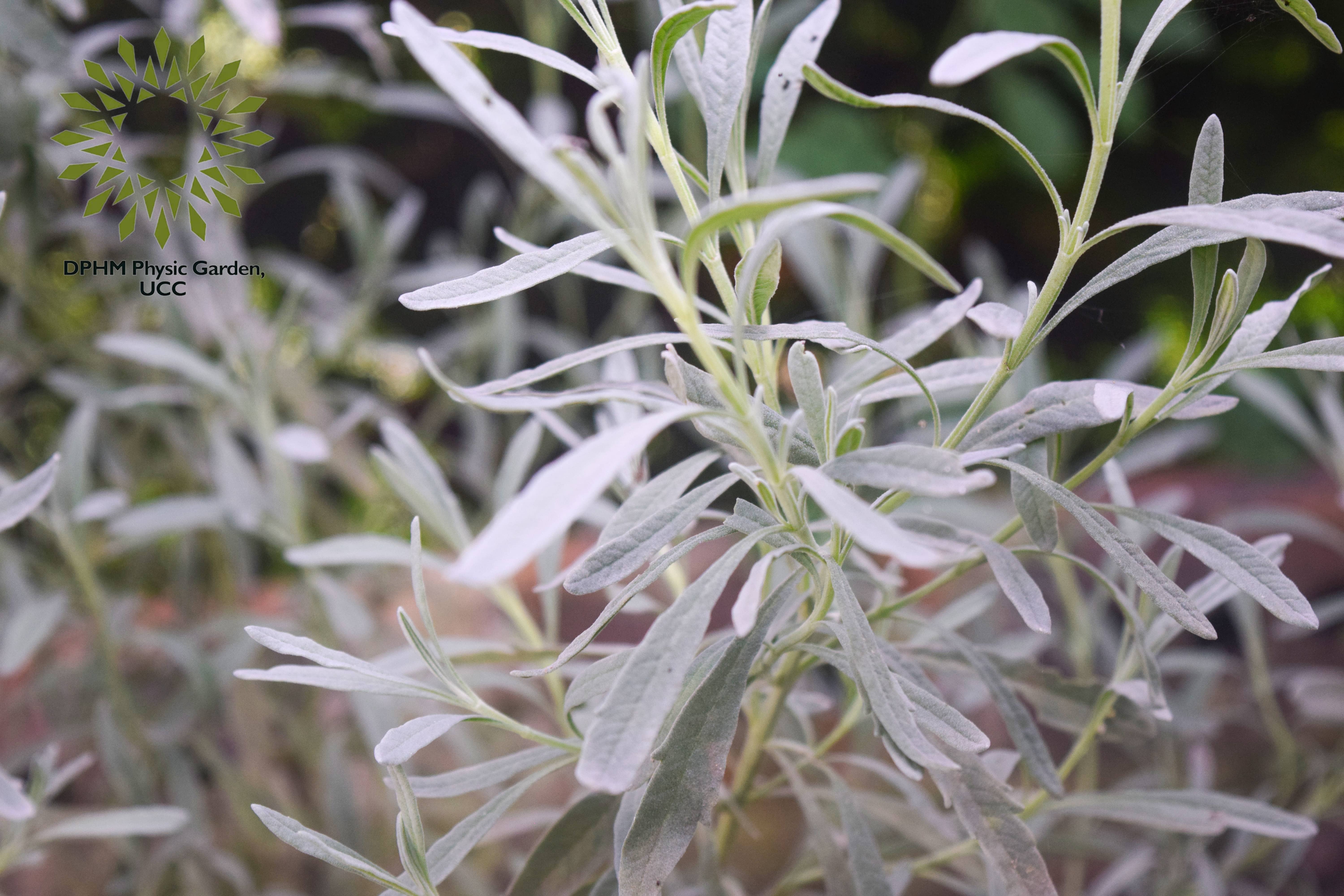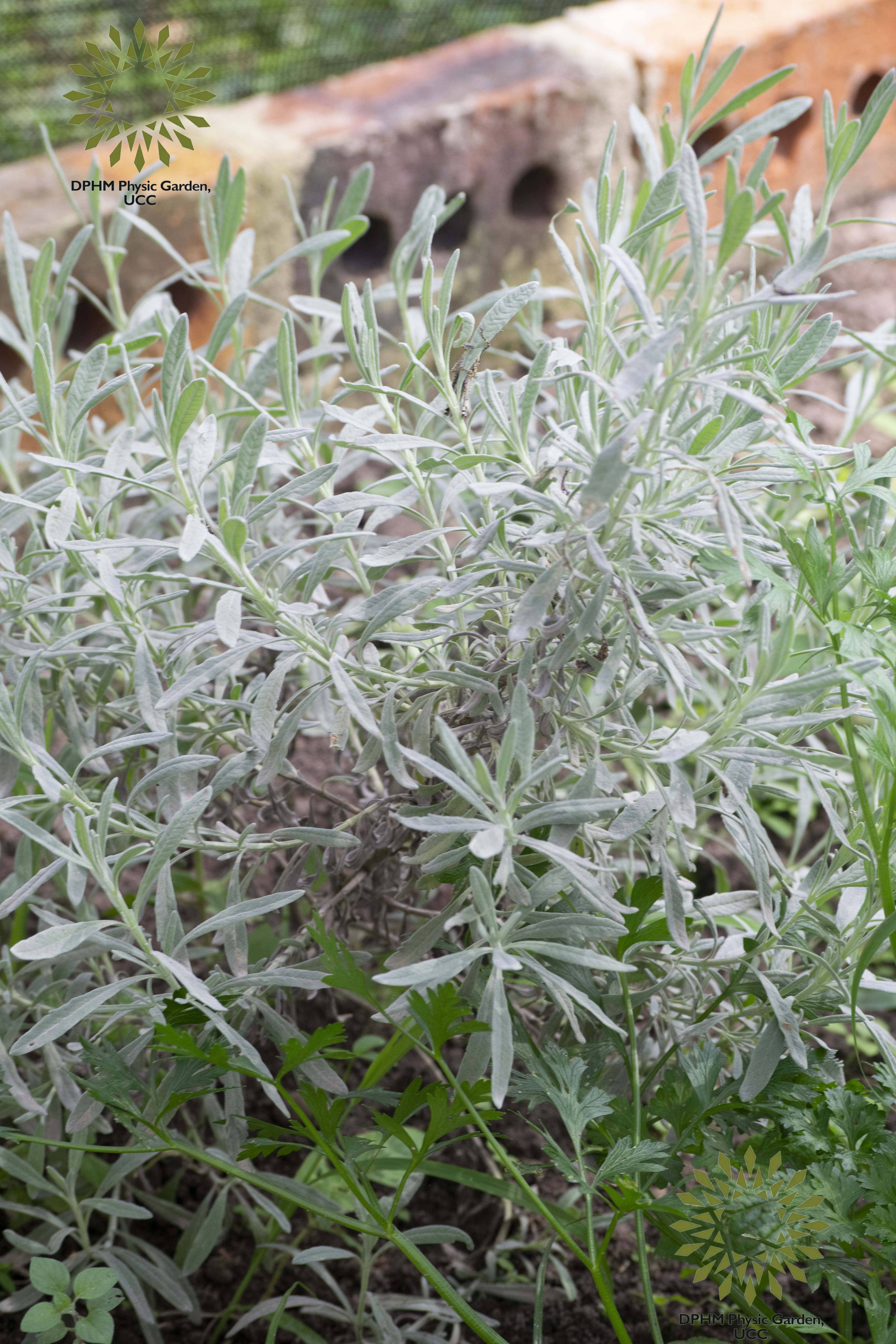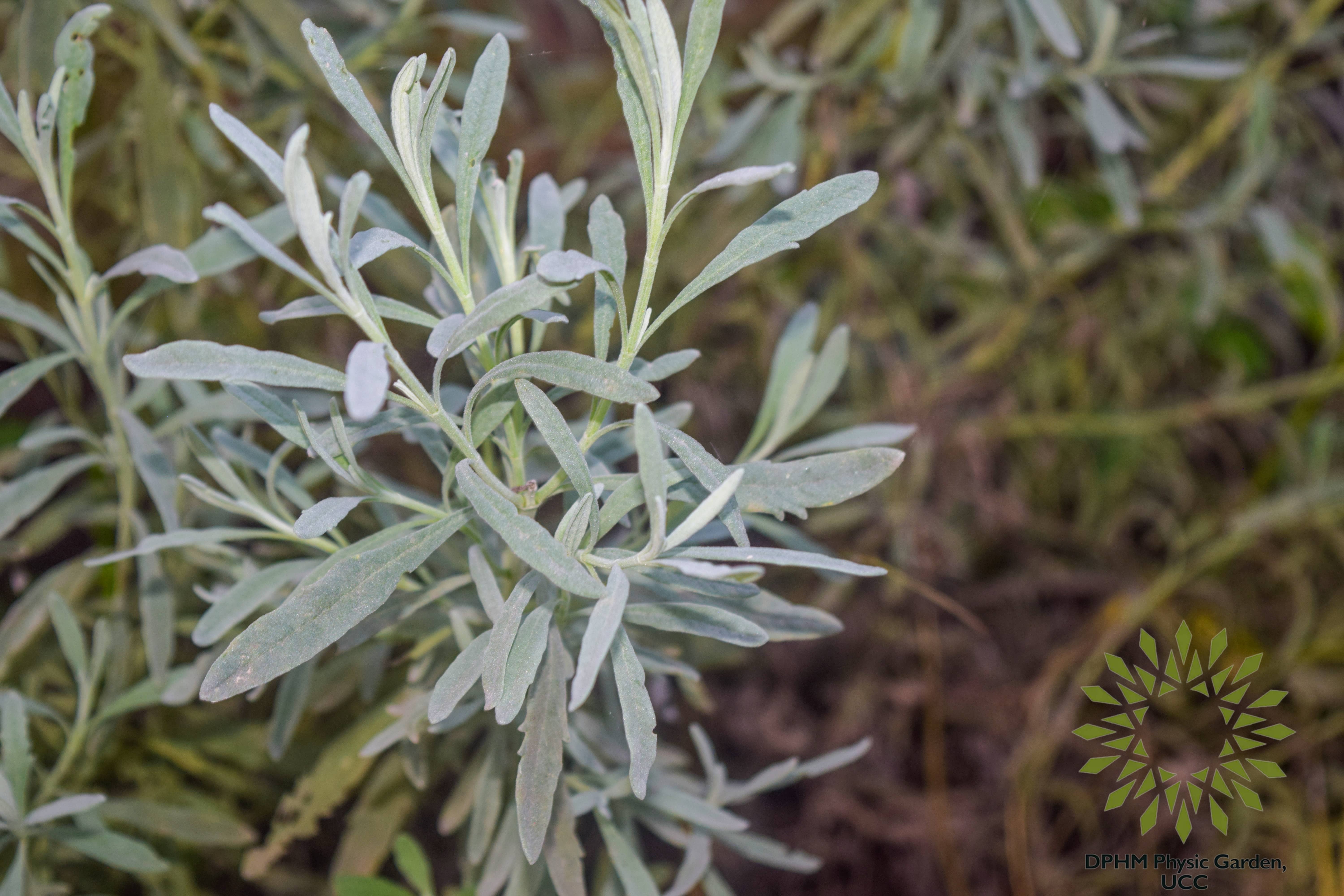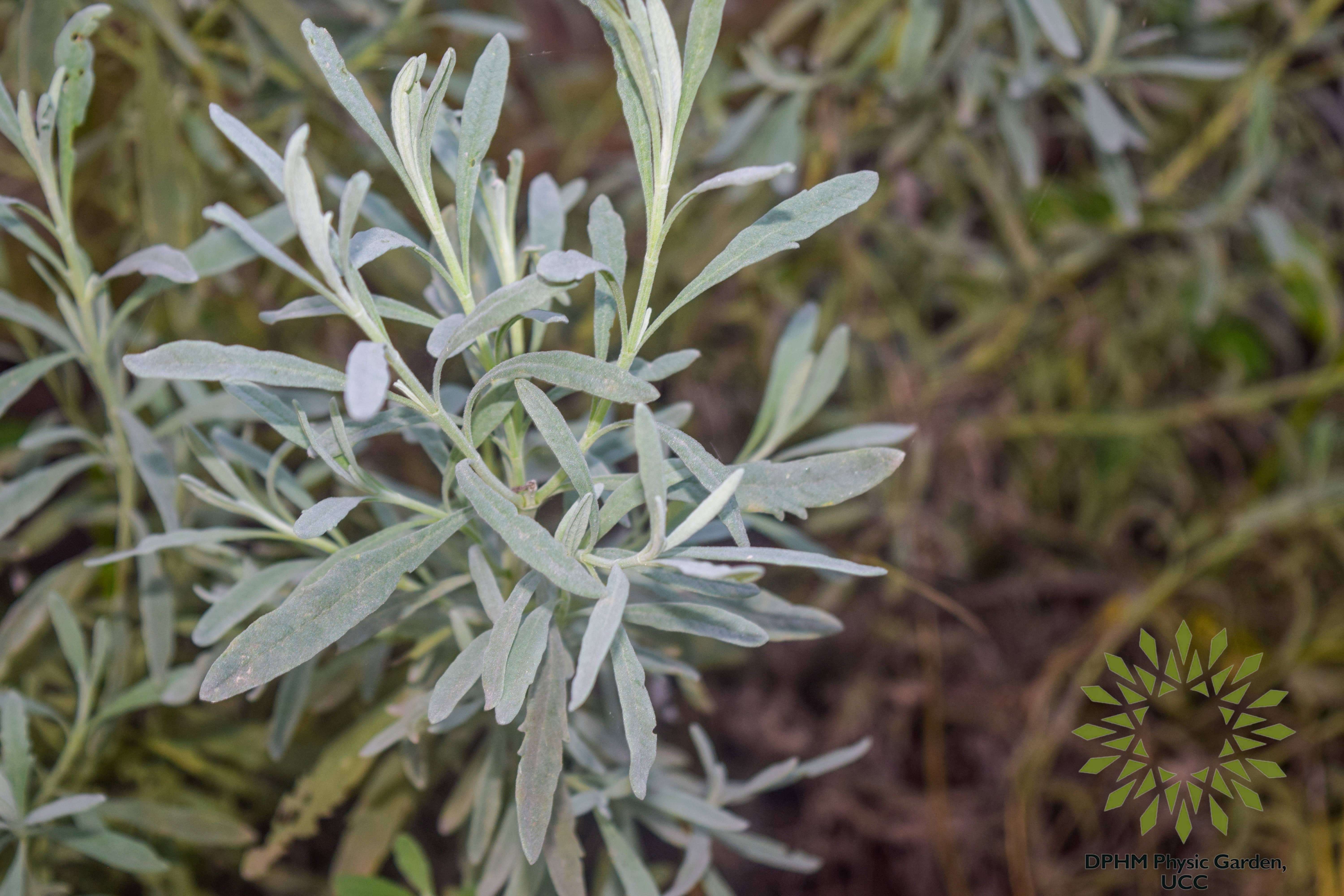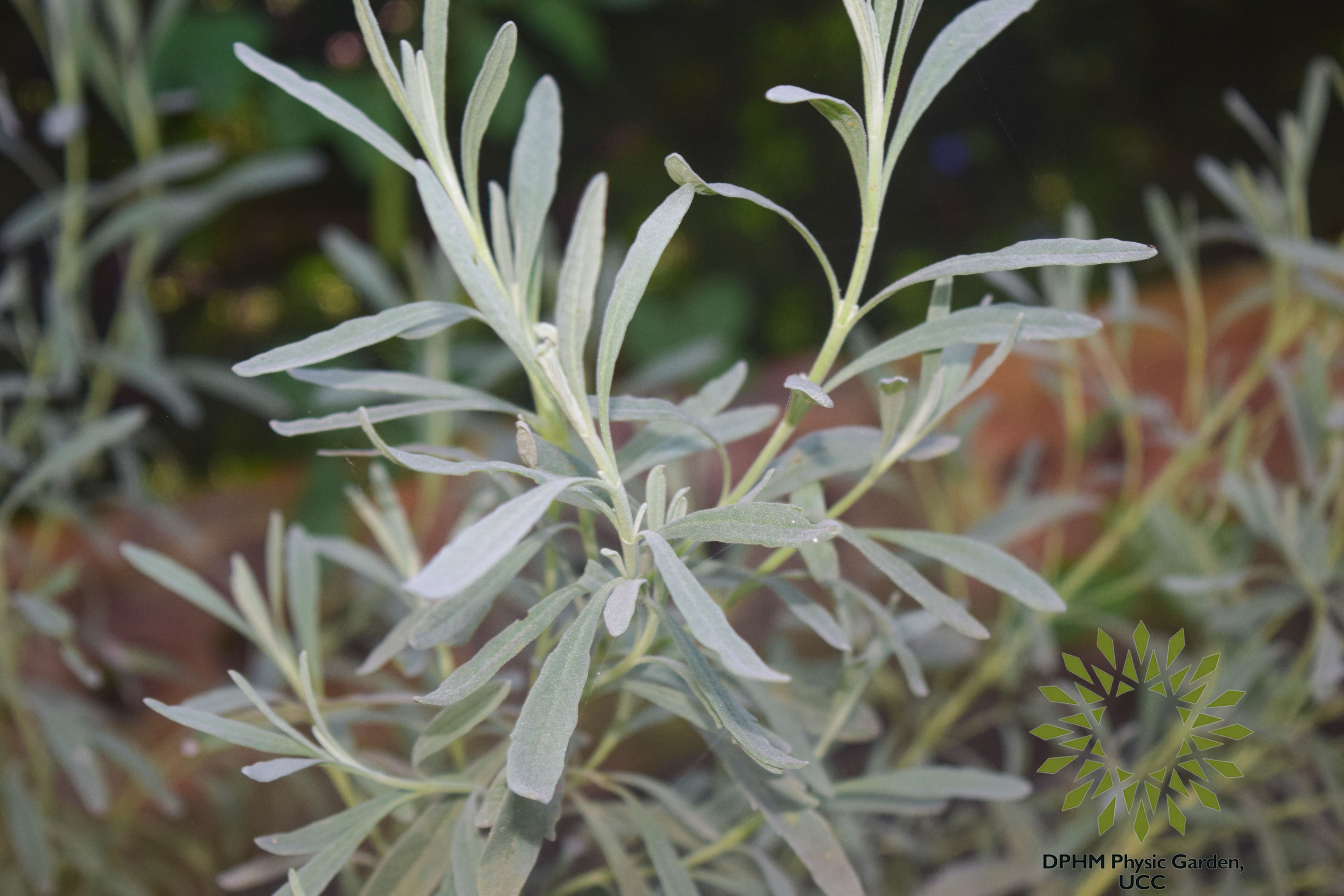LAVANDULA ANGUSTIFOLIA
CLASSIFICATION
Family: Lamiaceae Order: Lamiales Genus: Lavandula
Species: Lavandula angustifolia
Common names: English lavender, True lavender, garden lavender, narrow-leaved lavender, lavender.
Local name(s): Aduwam(Twi)
BOTANICAL DESCRIPTION
Lavandula angustifolia is an evergreen perennial with dense, mounding growth reaching about 2 feet in height. Its aromatic leaves are lanceolate to linear-oblanceolate, initially tomentose and white, maturing to grey-green. In spring, it produces multiple violet-blue flowers arranged in verticillaster clusters on unbranched spikes. This plant thrives in full sun to partial shade and well-drained soil, with regular watering.
PHYTOCHEMICAL CONSTITUENT
Lavender is cultivated mainly for its essential oil, but it also contains many other compounds such as polyphenols, coumarins, triterpenes, sterols, and tannins.
Volatile Oils (Essential Oils)
The essential oils of Lavandula angustifolia encompass a diverse array of phytochemical groups. Volatile oils include α-Pinene, β-Pinene, Myrcene, Linalool, and 1,8-Cineole, among others. Terpenoids such as δ-3-Carene, α-Thujene, and β-Selinene are present, alongside phenolic compounds like Eugenol, Methyl eugenol, and Thymol. The oils also contain glycosides including Geranyl acetate and Bornyl acetate. Triterpenoids like α-Bisabolol oxide A, coumarins such as Cuminaldehyde, and flavonoids including Linalool and 1,8-Cineole further enrich the composition. This extensive range of compounds contributes to the complex aromatic and therapeutic properties of lavender essential oil. Yadikar et al., identified seven novel phenolic compounds in Lavandula angustifolia Mill., including lavandunat, lavandufurandiol, lavandufluoren, lavandupyrones A and B, and lavandudiphenyls A and B. They also detected five known phenolic compounds: 4-(1-hydroxy-1-methylethyl) benzoic acid, methyl 3-(3,4-dihydroxyphenyl) propanoate, 3,4,α-trihydroxyl-ethyl phenyl propionate, rosmarinic acid, and isosalvianolic acid C.
CHEMICAL STRUCTURE
ETHNOBOTANICAL USES
The plant is used to treat headaches, nervous disorders, and exhaustion. Herbalists treat skin ailments, such as fungal infections (like candidiasis), wounds, eczema, and acne, with lavender oil. It is also used in a healing bath for joint and muscle pain.
PHARMACOLOGICAL USES
ANTI-INFLAMMATORY AND ANALGESIC ACTIVITY
In animal models, Lavender essential oil reduced edema formation, myeloperoxidase activity, and nitric oxide production in croton oil-induced, carrageenan-induced, and dextran-induced edema models. These findings suggest that LEO's anti-inflammatory effects involve modulation of prostanoids, NO, proinflammatory cytokines, and histamine.
ANTIMICROBIAL ACTIVITY
Studies showed that Lavender essential oil revealed antibiotic-resistant against bacterial infections, including Methicillin-Resistant Staphylococcus aureus and Vancomycin-Resistant Enterococcus faecalis, with in vitro studies indicating significant interest at concentrations below 1%. This effect was observed even in the absence of active principles like linalool and linalyl acetate, which are typically considered responsible for the antibacterial and antifungal properties of essential oils from various Lavandula species. Further supporting this, the antimicrobial activity of lavender macerates, specifically hydro-methanolic (M2) and methanolic (M1) extracts has been documented. They found high concentrations of ellagic acid in these extracts, with M2 containing 514.249 mg/100 g dry weight and M1 containing 499.487 mg/100 g dry weight.
ANTIPARASITIC ACTIVITY
The antiparasitic activities of essential oils from L. angustifolia and Lavandula intermedia against protozoan human flagellates Giardia lamblia and Trichomonas vaginalis, as well as the fish infection Hexamita inflate has been documented.
ANTINEOPLASTIC ACTIVITY
lavender essential oil, linalool, and linalyl acetate significantly inhibited PC-3 and DU145 prostate cancer cell lines, causing cell cycle arrest and reducing tumor growth in a mouse model.
ANTIDEPRESSANT AND ANXIOLYTIC ACTIVITY
lavender has significant antidepressant effects. Animal studies showed that lavender extract improved memory and reduced anxiety in scopolamine-treated mice, with doses of 200 and 400 mg/kg being particularly effective. Additionally, lavender reduced immobility time in the forced swimming test, indicating antidepressant-like effects, with higher doses leading to more notable cognitive and behavioral improvements. Lavender effectively relieves anxiety through various administration methods, including inhalation, massage, and oral intake, regardless of the anxiety's cause. Its anxiolytic and antidepressant-like effects are attributed to NMDA receptor antagonism, inhibition of the serotonin transporter (SERT), and reduction of neurotoxicity induced by hydrogen peroxide.
ANTISPASMODIC EFFECT
(Sadraei et al., 2019) demonstrated that the hydroalcoholic extract of the aerial part of Lavandula angustifolia (8-512 μg/mL) concentration-dependently inhibits ileum contraction induced by KCl (IC50 = 88 ± 21 μg/mL), acetylcholine (ACh) (IC50 = 119 ± 251 μg/mL), and electrical field stimulation (EFS) (IC50 = 87 ± 33 μg/mL). Lavender, according to Lis-Balchin and Hart's 1999 study, has significant spasmolytic activity on guinea pig ileum and rat uterus, reducing tone in skeletal muscle, likely through cAMP, not cGMP.
DIURETIC ACTIVITY
A study on the diuretic activity of Lavandula officinalis/angustifolia in Wistar rats found that its aqueous extract accelerated water elimination, significantly reducing urinary osmolarity and moderately increasing sodium excretion. The stability of aldosterone levels and increased clearance of free water suggest that the diuresis originates from tubular effects. Phytochemical analysis identified that the active compounds responsible for this diuretic effect were predominantly non-polar and found in the hexane extract.
ANTIOXIDANT ACTIVITY
The study demonstrated that lavender essential oil and extracts exhibit significant antioxidant activity and notable acetylcholinesterase inhibition, highlighting their potential therapeutic benefits.
TOXICOLOGY PROFILE
The toxicity study of Lavandula angustifolia essential oil revealed low acute toxicity with an LD50 greater than 2000 mg/kg in mice, no significant adverse effects on body weight or biochemical parameters during subacute testing, and no skin irritation in rabbits, indicating that the essential oil is non-toxic.
DRUG-DRUG/ DRUG-HERB INTERACTION
Lavender/Drug Interactions
Lavender, when combined with sedatives like pentobarbital or chloral hydrate, increases sleep time and narcotic effects in rats. Its coumarin content enhances anticoagulant treatments, GABA levels, and reduces cholesterol levels. Lavender's cyclic monoterpenes also inhibit cholesterol conversion.
Lavender/Herb/Supplement Interactions
Lavender has sedative effects in animal models and interacts synergistically with sedatives like pentobarbital and chloral hydrate. It can enhance the effects of various sedatives, including kava and valerian root. Coumarin in lavender can increase the efficacy of anticoagulant herbs and supplements.
A systematic review and meta-analysis of randomized controlled clinical trials showed that lavender has significant antidepressant effects. silexan is a commercial lavender oil preparation available in 80-mg capsules, in patients with subthreshold (subsyndromal) anxiety or generalized anxiety disorder (GAD), an anxiolytic effect of Silexan was evident after 2 weeks. Silexan at a dose of 160 mg is more helpful in anxiety than 80 mg.
REFERENCES
Batiha, G. E.-S., Teibo, J. O., Wasef, L., Shaheen, H. M., Akomolafe, A. P., Teibo, T. K. A., Al-kuraishy, H. M., Al-Garbeeb, A. I., Alexiou, A., & Papadakis, M. (2023). A review of the bioactive components and pharmacological properties of Lavandula species. Naunyn-Schmiedeberg’s Archives of Pharmacology, 396(5), 877–900. https://doi.org/10.1007/s00210-023-02392-x
Cardia, G. F. E., Silva-Filho, S. E., Silva, E. L., Uchida, N. S., Cavalcante, H. A. O., Cassarotti, L. L., Salvadego, V. E. C., Spironello, R. A., Bersani-Amado, C. A., & Cuman, R. K. N. (2018). Effect of Lavender (Lavandula angustifolia) Essential Oil on Acute Inflammatory Response. Evidence-Based Complementary and Alternative Medicine, 2018, 1–10. https://doi.org/10.1155/2018/1413940
Chu, C. J., & Kemper, K. J. (2001). Lavender (Lavandula spp.).
Dobros, N., Zawada, K., & Paradowska, K. (2022). Phytochemical Profile and Antioxidant Activity of Lavandula angustifolia and Lavandula x intermedia Cultivars Extracted with Different Methods. Antioxidants, 11(4), 711. https://doi.org/10.3390/antiox11040711
Firoozeei, T. S., Feizi, A., Rezaeizadeh, H., Zargaran, A., Roohafza, H. R., & Karimi, M. (2021). The antidepressant effects of lavender (Lavandula angustifolia Mill.): A systematic review and meta-analysis of randomized controlled clinical trials. Complementary Therapies in Medicine, 59, 102679. https://doi.org/10.1016/j.ctim.2021.102679
Hajhashemi, V., Ghannadi, A., & Sharif, B. (2003). Anti-inflammatory and analgesic properties of the leaf extracts and essential oil of Lavandula angustifolia Mill. Journal of Ethnopharmacology, 89(1), 67–71. https://doi.org/10.1016/S0378-8741(03)00234-4
Jianu, C., Pop, G., & Gruia, A. T. (2013, July 10). Chemical composition and antimicrobial activity of essential oils of lavender (Lavandula angustifolia) and lavandin (Lavandula × intermedia) grown in western Romania-CABI Digital Library. Chemical Composition and Antimicrobial Activity of Essential Oils of Lavender (Lavandula Angustifolia) and Lavandin (Lavandula × Intermedia) Grown in Western Romania. : http://www.fspublishers.org/ijab/past-issues/IJABVOL_15_NO_4/23.pdf
Kasper, S., Müller, W. E., Volz, H.-P., Möller, H.-J., Koch, E., & Dienel, A. (2018). Silexan in anxiety disorders: Clinical data and pharmacological background. The World Journal of Biological Psychiatry: The Official Journal of the World Federation of Societies of Biological Psychiatry, 19(6), 412–420. https://doi.org/10.1080/15622975.2017.1331046
Lavender. (2012). In LiverTox: Clinical and Research Information on Drug-Induced Liver Injury. National Institute of Diabetes and Digestive and Kidney Diseases. http://www.ncbi.nlm.nih.gov/books/NBK548221/
Lis-Balchin, M., & Hart, S. (1999). Studies on the mode of action of the essential oil of lavender (Lavandula angustifolia P. Miller). Phytotherapy Research: PTR, 13(6), 540–542. https://doi.org/10.1002/(sici)1099-1573(199909)13:6<540::aid-ptr523>3.0.co;2-i
López, V., Nielsen, B., Solas, M., Ramírez, M. J., & Jäger, A. K. (2017). Exploring Pharmacological Mechanisms of Lavender (Lavandula angustifolia) Essential Oil on Central Nervous System Targets. Frontiers in Pharmacology, 8, 280. https://doi.org/10.3389/fphar.2017.00280
Moalin, asha. (2024, May 7). Lavender and its uses in traditional medicine—Klarity Health Library. [Klarity Health Library]. Lavender and Its Uses in Traditional Medicine. https://my.klarity.health/lavender-and-its-uses-in-traditional-medicine/
Nedeltcheva-Antonova, D., Gechovska, K., Bozhanov, S., & Antonov, L. (2022). Exploring the Chemical Composition of Bulgarian Lavender Absolute (Lavandula Angustifolia Mill.) by GC/MS and GC-FID. Plants, 11(22), 3150. https://doi.org/10.3390/plants11223150
Rahmati, B., Kiasalari, Z., Roghani, M., & Khalili, M. (2017). Antidepressant and anxiolytic activity of Lavandula officinalis aerial parts hydroalcoholic extract. PHARMACEUTICAL BIOLOGY, 55(1), 958–965.
Ren, Z., & Gould, M. N. (1994). Inhibition of ubiquinone and cholesterol synthesis by the monoterpene perillyl alcohol. Cancer Letters, 76(2–3), 185–190. https://doi.org/10.1016/0304-3835(94)90396-4
Sadraei, H., Asghari, G., & Rahmati, M. (2019). Study of antispasmodic action of Lavandula angustifolia Mill hydroalcoholic extract on rat ileum. Journal of Herbmed Pharmacology, 8(1), 56–63. https://doi.org/doi: 10.15171/jhp.2019.10
Shamabadi, A., Hasanzadeh, A., Ahmadzade, A., Ghadimi, H., Gholami, M., & Akhondzadeh, S. (2023). The anxiolytic effects of Lavandula angustifolia (lavender): An overview of systematic reviews,. Journal of Herbal Medicine, 40(100672). https://doi.org/10.1016/j.hermed.2023.100672.
Soheili, M., & Salami, M. (2019). Lavandula angustifolia biological characteristics: An in vitro study. Journal of Cellular Physiology, 234(9), 16424–16430. https://doi.org/10.1002/jcp.28311
Stanciu, G., Aonofriesei, F., Lupsor, S., Popescu, A., & Sirbu, R. (2019). Study of Phenolic Compounds and Antimicrobial Activity of Lavandula angustifolia L. Flowers Macerates. Revista de Chimie, 70(5), 1800–1804. https://doi.org/10.37358/RC.19.5.7218
Yadikar, N., Bobakulov, K., Li, G., & Aisa, H. A. (2018). Seven new phenolic compounds from Lavandula angustifolia. Phytochemistry Letters, 23, 149–154. https://doi.org/10.1016/j.phytol.2017.12.005
Zhao, Y., Chen, R., Wang, Y., Qing, C., Wang, W., & Yang, Y. (2017). In Vitro and In Vivo Efficacy Studies of Lavender angustifolia Essential Oil and Its Active Constituents on the Proliferation of Human Prostate Cancer. Integrative Cancer Therapies, 16(2), 215–226. https://doi.org/10.1177/1534735416645408
Ziegler, J. (1996). Raloxifene, Retinoids, and Lavender: ‘Me Too’ Tamoxifen Alternatives Under Study. JNCI Journal of the National Cancer Institute, 88(16), 1100–1102. https://doi.org/10.1093/jnci/88.16.1100
INFORMATION, DATA AND PICTURES ARE COPYRIGHT OF DPHM, SCHOOL OF PHARMACY, UCC.
